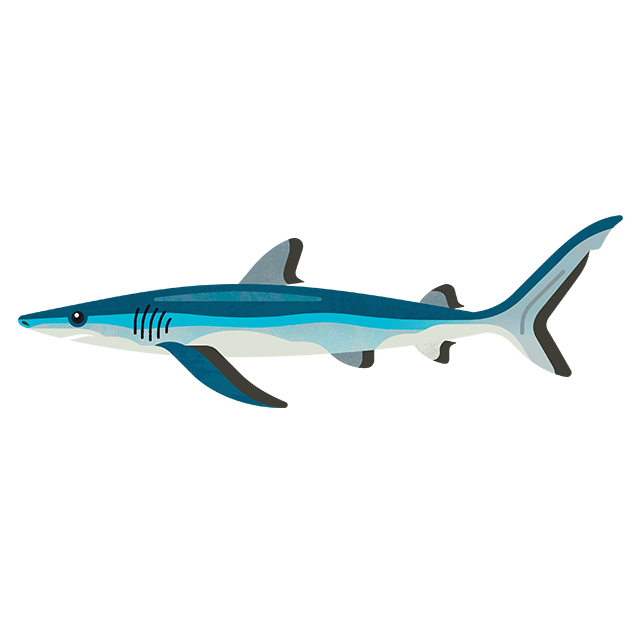
What marine animals would we choose to compete for Team GB in the Olympics?
Our shores are full of diverse marine wildlife, home to species just as remarkable as those found further afield. If British marine life was to compete in the Olympics, they would surely be in the pool of medals.
We asked experts here at Marine Conservation Society a crucial question: which local marine species would you choose to represent Great Britain in the Olympics? From high jump to water polo, they’ve nominated species whose skills make them the perfect contender for a place on the podium.
Judo – Shore crab
The shore crab would be a fierce and agile contender in marine martial arts. They are known for their territorial behaviour and are no strangers to engaging in fights – whether that’s for hiding places, food or mating opportunities. Their powerful pincers enable them to grasp and pinch their opponents, snatching the opportunity for medals in the process!
Their ability to grapple and manoeuvre makes shore crabs the perfect choice for the judo category. Their natural tendency to move sideways means they can rival the moves of even the best judoka. This helps them to maintain balance, execute throws and avoid grabs, while their low centre of gravity makes them difficult to tip over and help them to resist throws and remain stable.
Diving – Northern gannets
As pelagic birds, Northern gannets spend most of their lives at sea, meaning they’re highly adapted to the water. This, along with their great precision and aerial speed makes them great competitors in the Olympic diving categories.
Northern gannets are extraordinary divers, plunging from heights of up to 30 metres into the ocean to catch fish, so terrifying Olympic diving heights would not be a challenge for them. They can hit the water at speeds of up to 60 miles per hour, diving as deep as 70 feet by folding their wings back to enter the water with great speed. These majestic birds are also very social and have been known to hunt in small groups while out at sea, making them a perfect choice for any synchronised diving event.
Swimming – Atlantic bluefin tuna
When it comes to high-speed swimming, there are few better choices than the Atlantic Bluefin tuna. A powerhouse in the water, this apex predator can reach speeds up to 43 miles per hour! Their streamlined, torpedo-shaped bodies reduce drag, and their powerful tails allow them to cut through the water with ease. This makes them the perfect choice for competitive swimming events, leaving rivals in their wake.
Thanks to a lateral line system along its body, this large fish can sense vibrations and changes in water pressure and detect water current speeds to help them swim faster, giving the Atlantic bluefin tuna an advantage over other marine creatures. They also have a well-developed circulatory system and large gills which allows them to extract oxygen in the water and sustain their high-energy sprints. This fish is known for its long migrations which require stamina and endurance, making it a great choice for marathon swimming as well as 1500m Freestyle.
Artistic swimming – Bottlenose dolphins
Anyone who has ever watched bottlenose dolphins in the ocean knows just how captivating these mammals are - they’d be a great addition to the ranks of artistic swimming competitors.
These dolphins are widely known for their intelligence and playful behaviour and can perform complex manoeuvres, making them ideal synchronised swimming competitors. They're often seen swimming in a synchronised pattern in their pods in the wild, with behaviour ranging from simple coordination such as swimming side by side, to more complex manoeuvres like leaping out of the water simultaneously or performing spins and twists in unison. It’s thought that they do this to communicate and strengthen their social bonds. Pods will often hunt together as well, with their success dependent on the coordination of the group as a whole.
The teamwork exhibited by bottlenose dolphins would be essential in scoring high marks from judges at the Olympic team artistic swimming events. Their fluid movements would undoubtedly captivate the judges and audience alike.
Sailing – Portuguese man o’ war
Despite its name, the Portuguese man o’ war does not specifically come from Portugal but is instead named because of its resemblance to the Portuguese 18th century sailing ship. This, along with its effortless yet graceful drifting of ocean currents, means the Portuguese man o’ war has to be a competitor in the Olympic sailing category.
It may look like a jellyfish, but is in fact a floating colony of hydrozoans. There are four distinct species, which are made up of specialised individuals (polyps) that work together to become one single but excellent sailor. The Portuguese man o’ war uses a gas-filled bladder to float on the ocean’s surface and utilises the wind and currents to travel the vast seas like a sail ship.
It can skilfully adjust its position and orientation in response to changing winds and water conditions, optimising its sailing performance just like an Olympic sailor in a race. However, it does not have a brain instead relying on decentralised nerve nets to interact with its environment. This means it might prove difficult enough to get this creature to compete, let alone travel the right way!
High Jump – Mako shark
While it might not be the first shark that comes to mind when you think of jumping out of the water, the shortfin mako shark, which has been known to visit UK seas would make them a perfect contender for the high jump event.
Compared to the great white shark, which is often photographed breaching the sea to ambush its prey, the shortfin mako shark is generally considered to be the more spectacular jumper. They can reach heights of more than 20 feet, beating the current human high jump record by 12 feet! Its smaller yet more agile size combined with its reputation as the fastest shark, reaching speeds of 37mph, gives this species an advantage when performing higher jumps. As it’s a partially endothermic species, these sharks can maintain a higher body temperature than the surrounding water, meaning their muscles can function more efficiently to jump out of the ocean.
Marine wildlife to be proud of
These marine animals, with their unique adaptations and skills, would form a fascinating and competitive Olympic team for the UK, From the powerful swimming of the Atlantic bluefin tuna to the majestic coordination of bottlenose dolphins, these incredible creatures showcase the rich diversity of our local marine wildlife. They could certainly hold their own on a global stage.
Just as the Olympic Games inspire pride in our country and athletes, these marine creatures highlight the extraordinary diversity and capabilities of marine life along our coasts, reminding us to treasure those natural wonders that exist right here in the UK.










